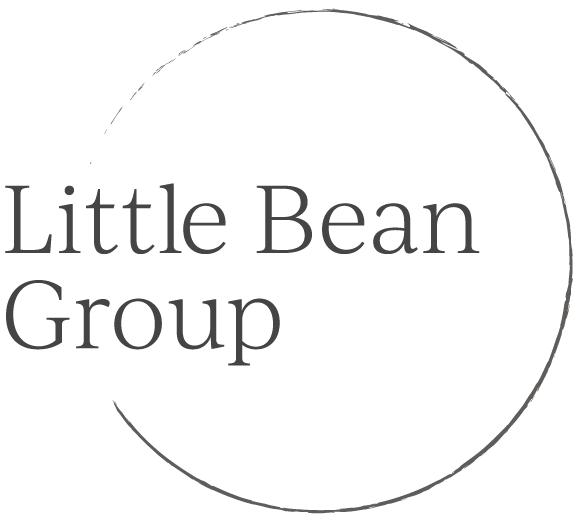Previously, I shared 10 New Ways to Prospect to help boost outcomes and unlock fresh sources of support. If you have followed some of these suggestions and identified prospects, what is the best way to proceed with research? Particularly for fundraisers working in small shops without any dedicated research staff, how do you make the best use of limited time for this work?
In order to be effective and efficient, I find that it is critical to have a clear goal for your research and to set time limits. Some common goals include obtaining contact information, a short biography, or a clearer picture of donor capacity. Where no contact with the donor has been made yet, I like to stick to a 30 minute time limit.
Here are some of my favorite tips to get you started:
1. Google Alerts
Set up Google Alerts on your top prospects to have updates pushed to you automatically.
If your prospect has a unique name, this is fairly straightforward, but you can also refine your results by setting up an alert using tools such as quotations and connecting words. For example, you might want to set up an alert that looks like this: “MacKenzie Scott” AND donation AND education (this will send you alerts on her gifts with an education focus).
2. Search for Past Donor Activity
Searching for a comprehensive list of donations is tricky to do without a paid resource, particularly if your prospect is not a six- or seven-figure donor to other organizations.
Conducting a search on how your prospect’s name might be listed in an annual report in quotes and the word “donation” can often bring up results culled from annual reports that are online—e.g. “John and Mary Smith” donation.
One way to learn quickly if your prospect has large capacity is to search The Chronicle of Philanthropy’s database of charitable gifts of $1M+ from individuals.
3. Learn about Institutional Funders
If your prospect has a foundation or a family foundation, a wealth of information is freely available with just a few minutes of searching. Set up a free Guidestar account to search IRS Form 990s for foundations. You can also find this information on ProPublica.
When looking at 990s, pay particular attention to the following three fields on the first page for important capacity signals:
a) Fair market value of assets;
b) Contributions, gifts, grants, etc.; and
c) Contributions, gifts, grants paid. These items give you valuable information on the size of the foundation and its grant activity.
In addition, on the Form 990, spend some time with the list of officers, directors, trustees, and foundation managers. These are the individuals with decision making power, and especially for organizations that are local or regional, your best way to find an existing connection with your organization’s network.
Have you found creative ways to prospect research, especially with limited time and resources? Please reach out and let me know!
